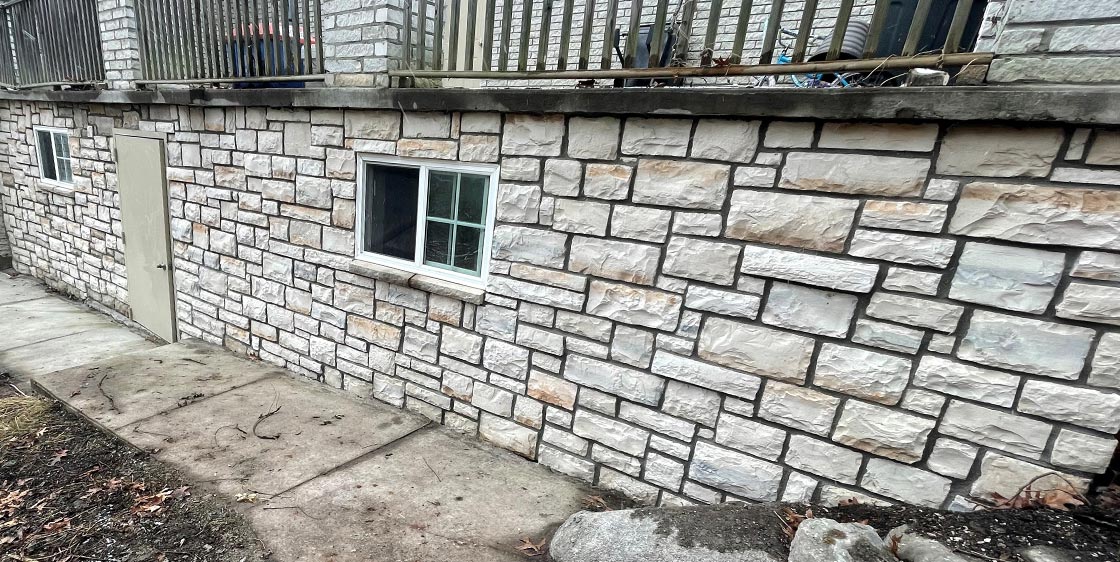Masonry Tuckpointing
Southeast Michigan is full of beautiful, historic, brick homes and buildings. Unfortunately, the brickwork and masonry of these old properties are subject to damage due to the intensity of the cold winters, hot summers, expanding and contracting the brick and mortar. We Specialize in addressing damage due to aging and weather, expansive soils, metal support damages, settling and step cracking. At Brick & Level we believe strongly in our ability to address your tuckpoint needs and provide you with a through and smart resolution to your issue. Tuckpointing is generally a misused term that blankets a variety of repairs that may be required. If you have received a suggestion to tuckpoint your home we would love to provide you with a professional quote for this service.
Tuckpointing services we offer
-
Repointing of Mortar
-
Miscellaneous or Individual brick replacement
-
Spalling Brick Repair
-
Spalling Brick at Base of Home Replacement
-
Grade Level Repair
-
Stone Tuckpointing
-
Step Crack Tuckpoint Repair
-
Cracked or Missing Brick Repair
-
And More!
What to look for when evaluating for tuckpoint work on your structure
- Step Cracks
- Areas of Weathered or Worn Away Mortar
- Organic Growth or Dark Staining in Mortar
- Cracks Near Windows or Glass Block Windows

How Often Should You Repoint Brick Work?
The frequency with which you should repoint brickwork will depend on various factors, such as the age of the brickwork, the quality of the original construction, the local climate, and the degree of exposure to environmental factors. Generally, you should repoint brickwork every 20 to 30 years, but it can be necessary to do so more frequently in certain circumstances.
If you notice signs of damage or deterioration in your brickwork, such as cracks, crumbling mortar, or water penetration, it is a good idea to have the brickwork inspected by a professional to determine if repointing is necessary. It’s essential to address any damage or wear in your brickwork promptly to prevent further damage and maintain the structural integrity of your building.
Tuckpointing and repointing are necessary processes for maintaining the structural integrity and aesthetic appeal of masonry walls. Over time, the mortar between bricks or stones can deteriorate due to weathering and exposure to the elements. This can lead to cracks, gaps, and holes in the mortar, which can weaken the wall and allow water to seep in. Tuckpointing involves removing the damaged mortar and replacing it with fresh, new mortar that matches the existing mortar. This process not only restores the structural integrity of the wall but also enhances its appearance.
Repointing is a similar process that involves removing the old, damaged mortar and replacing it with new mortar. However, repointing typically involves the complete removal of the old mortar, while tuckpointing involves removing only the damaged portion of the mortar. Repointing is necessary when the damage to the mortar is extensive and tuckpointing is no longer sufficient to restore the wall’s structural integrity and aesthetic appeal.
Tuckpointing and repointing are necessary processes for maintaining the health of masonry walls. These processes restore the structural integrity of the wall and prevent water damage, while also improving the wall’s appearance. Tuckpointing is typically used for minor repairs, while repointing is used for more extensive damage. Regular tuckpointing and repointing can help extend the life of masonry walls, protecting them from damage and preserving their value for years to come.
